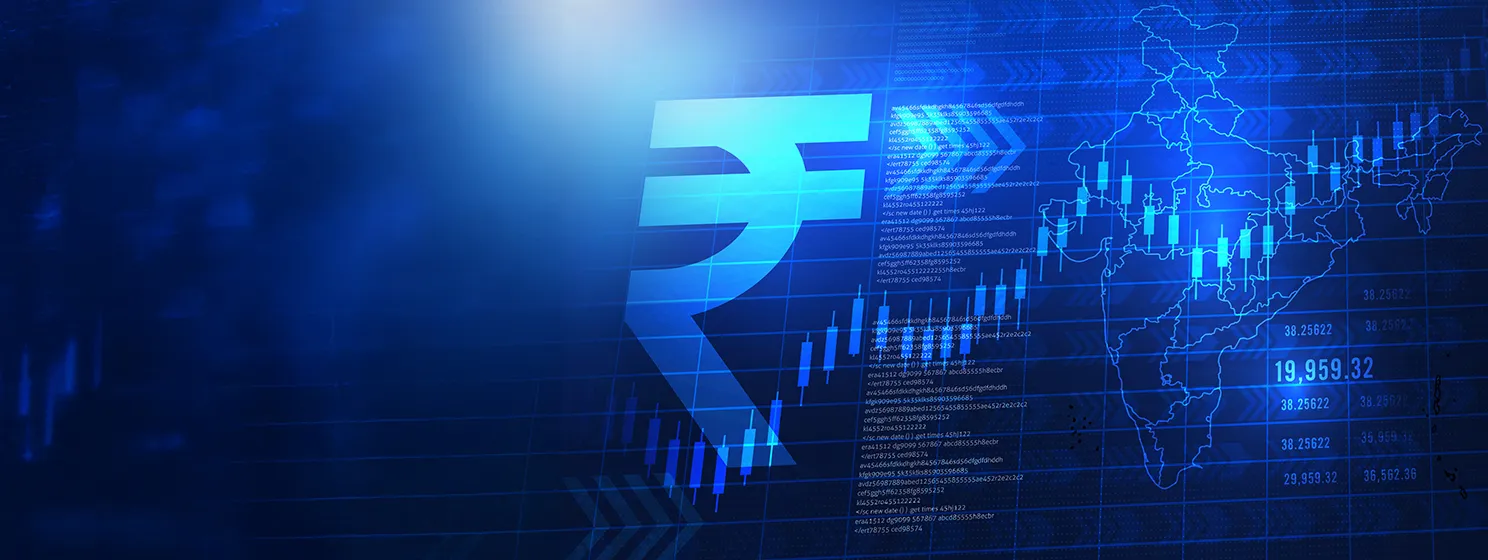|
Getting your Trinity Audio player ready...
|
India’s Unified Payments Interface (UPI) stood out as the most popular digital payment method, reporting a remarkable rise in transactions in 2024. Throughout the year, India pushed for its international expansion and domestic adoption for everyday purchases. Introduced in 2016, UPI offers instant money transfers and is a single mobile application for accessing different bank accounts.
“Hands down, UPI remains the backbone of India’s digital payments ecosystem,” Raj Kapoor, founder of India Blockchain Alliance (IBA), told CoinGeek.
“As of 2024, UPI processed over 12 billion transactions monthly, with a year-on-year growth of 25%, crossing ₹15 trillion ($180 billion) in transaction value per month. With 75% of the population in Tier-I and Tier-II cities using UPI, expansion is now focused on Tier-III cities, rural areas, and international corridors,” Kapoor added.
The UPI has seen a tenfold increase in volume over the past four years, from 12.5 billion transactions in 2019-2020 to 131 billion transactions in 2023-24, or 80% of all digital payment volumes. So far, UPI has expanded to the United Arab Emirates, Peru, Mauritius, Sri Lanka, Singapore, France, Bhutan, and Nepal.
But that is not enough. India is looking to expand UPI use worldwide so that any Indian with a UPI account can make a payment using UPI.
“UPI as a payment instrument has caught the world’s attention in terms of the efficiency with which digital transactions happen and in terms of how it is catching on among our retail and business users,” Deputy Governor of RBI T Rabi Sankar said.
However, digital and UPI-related frauds have also been increasing. As a result, to raise awareness of the safe use of digital payment services and prevent scams, the National Payments Corporation of India (NPCI), responsible for operating retail payments and settlement systems in India, introduced a UPI safety awareness campaign.
The campaign seeks to empower citizens with the skills to counter common risks and threats from scammers. It includes six short films highlighting common tactics scammers and fraudsters use to deceive people. The films are produced in 11 Indian languages, making them accessible to India’s diverse population.
UPI use for everyday purchases
The year 2024 saw UPI’s popularity soar among retail users, especially due to its rising popularity for everyday purchases.
“Today in India, UPI is used at all levels from street vendors to large shopping malls, with the highest percentage of digital transactions globally, accounting for nearly 46 per cent share,” said Amitabh Kant, G20 Sherpa of India. In the G20, the Sherpas are the leaders of each country who take the discussions and agreements to the final summit with heads of state and government.
This year, India’s oldest metro, Kolkata Metro, a mass rapid transit system that started in 1984 with a North-South service, introduced a UPI payment-based ticketing system at the automatic smart card recharge machines installed at select stations. With UPI-enabled ticket booking counters, India aimed to make metro rides more convenient and hassle-free. Passengers can now recharge their smart cards or purchase tokens with this alternate system instead of using cash at the stations.
In southern India, the Karnataka State Road Transport Corporation (KSRTC) adopted the UPI for daily bus rides. KSRTC equipped its buses with advanced Electronic Ticketing Machines (ETMs) or devices that support various payment methods, including UPI. Over 10,000 smart ETMs were deployed across KSRTC’s fleet of 8,800 buses, with room for further expansion in the future.
UPI for in-bound travelers
UPI’s popularity rose not only among Indians travelling to other countries. The country is also bolstering UPI’s popularity by targeting inbound travelers.
In 2024, the NPCI rolled out the ‘UPI One World’ wallet for inbound travelers visiting India. The initiative was designed to provide international visitors from some parts of the globe with a seamless, real-time digital payment experience, making exploring India’s cultural attractions and vibrant landscapes easier.
The NPCI’s initiative was aimed at showcasing India’s success in the global digital payments landscape and providing an opportunity for the international community to engage with and benefit from the Digital Public Infrastructure. The initiative was also expected to eliminate the need to carry cash and ease the complexities of foreign exchange transactions.
UPI Lite for small transactions
Further into the year, the Reserve Bank of India (RBI) announced an amendment to the framework for facilitating small-value digital payments in offline mode, increasing the transaction limits for UPI LITE. UPI LITE is a payment solution that processes low-value transactions. The solution runs off existing UPI ecosystem protocols for mobile phones to ensure commonality, compliance, and system acceptance.
“The offline framework has been updated and the enhanced limits for UPI Lite shall be INR1,000 ($11) per transaction, with INR5,000 ($59) being the total limit at any point in time,” RBI said. UPI LITE is considered a customer-friendly approach, enabling low-value transactions without utilizing a remitter bank’s core banking systems in real-time while providing adequate risk mitigation.
RBI also allowed small finance banks (SFBs) to extend pre-sanctioned credit lines to expand the reach of credit on UPI.
In September 2023, the scope of UPI was expanded by enabling pre-sanctioned credit lines to be linked through UPI and used as a funding account by scheduled commercial banks, but that excluded payment banks, SFBs, and regional rural banks.
But now, SFBs can also extend pre-sanctioned credit lines through the UPI, which is expected to further deepen financial inclusion and enhance formal credit, particularly for new customers.
This year, the RBI also suggested small businesses adopt digital payment systems, like the UPI, to create a digital footprint for their financial transactions. This is expected to make it easier for lenders to assess the firm’s financials and reduce the credit gap.
Watch: India posed to become leaders in Web3

 09-06-2025
09-06-2025 





